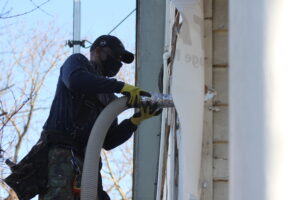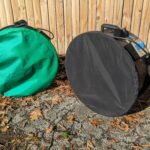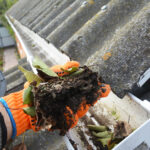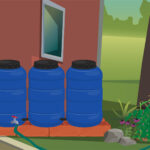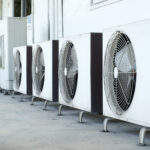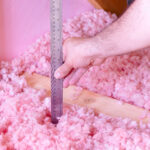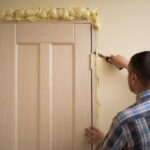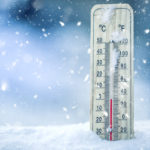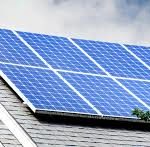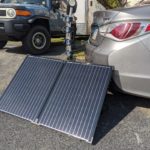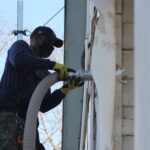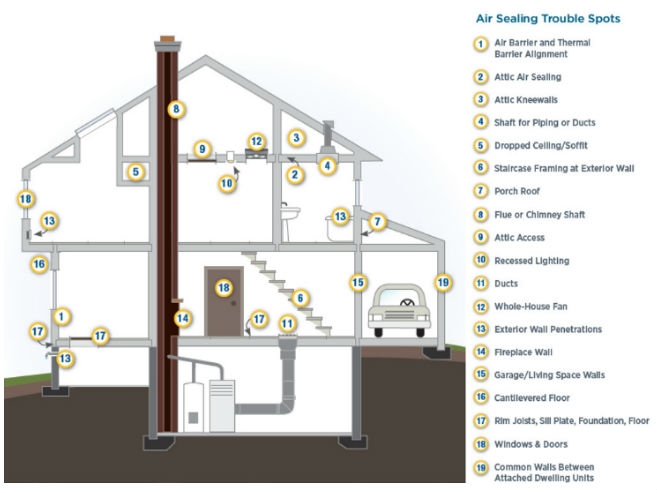
Reducing the amount of air that leaks in and out of your home is a cost-effective way to cut heating and cooling costs, improve durability, increase comfort, and create a healthier indoor environment.
Caulking and weatherstripping are two simple and effective air-sealing techniques that offer quick returns on investment, often one year or less. Caulk is generally used for cracks and openings between stationary house components such as around door and window frames, and weatherstripping is used to seal components that move, such as doors and operable windows.
Air Leakage
Air leakage occurs when outside air enters and conditioned air leaves your house uncontrollably through cracks and openings. It is unwise to rely on air leakage for ventilation. During cold or windy weather, too much air may enter the house. When it’s warmer and less windy, not enough air may enter, which can result in poor indoor air quality. Air leakage also contributes to moisture problems that can affect occupants’ health and the structure’s durability. An added benefit is that sealing cracks and openings reduces drafts and cold spots, improving comfort.
Tips for Sealing Air Leaks
- Caulk and weatherstrip doors and windows that leak air.
- Caulk and seal air leaks where plumbing, ducting, or electrical wiring comes through walls, floors, ceilings, and soffits over cabinets.
- Install foam gaskets behind outlet and switch plates on walls.
- Inspect dirty spots in your insulation for air leaks and mold. Seal leaks with low-expansion spray foam made for this purpose and install house flashing if needed.
- Look for dirty spots on your ceiling paint and carpet, which may indicate air leaks at interior wall/ceiling joints and wall/floor joists, and caulk them.
- Cover single-pane windows with storm windows or replace them with more efficient double-pane low- emissivity windows. See theWindows section for more information.
- Use foam sealant on larger gaps around windows, baseboards, and other places where air may leak out.
- Cover your kitchen exhaust fan to stop air leaks when not in use.
- Check your dryer vent to be sure it is not blocked. This will save energy and may prevent a fire.
- Replace door bottoms and thresholds with ones that have pliable sealing gaskets.
- Keep the fireplace flue damper tightly closed when not in use.
- Seal air leaks around fireplace chimneys, furnaces, and gas-fired water heater vents with fire-resistant materials such as sheet metal or sheetrock and furnace cement caulk.
Note that air sealing alone doesn’t eliminate the need for proper insulation to reduce heat flow through the building envelope.
Work Cited
“Air Sealing Your Home.” Energy.gov, www.energy.gov/energysaver/weatherize/air-sealing-your-home.


